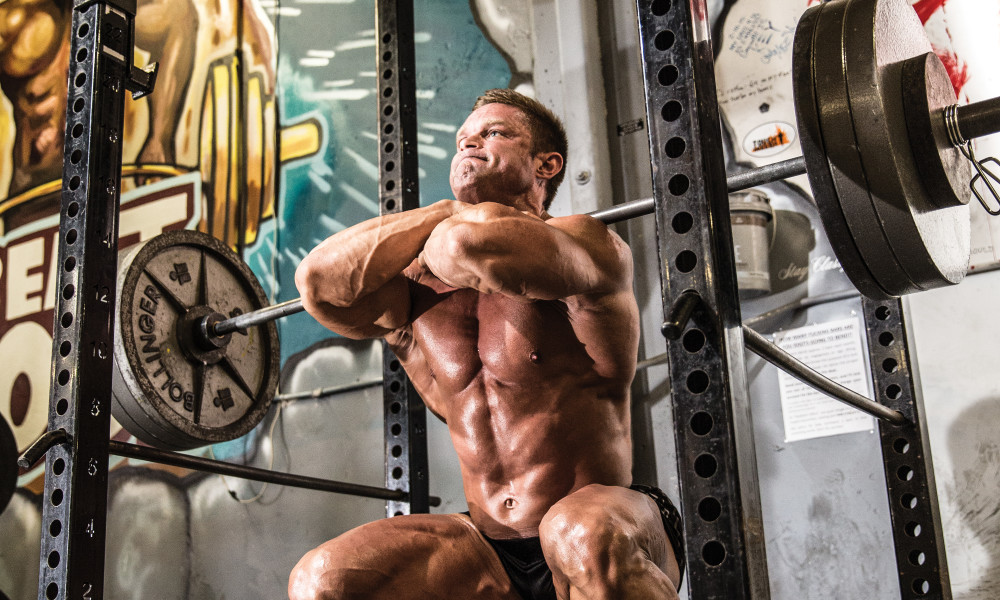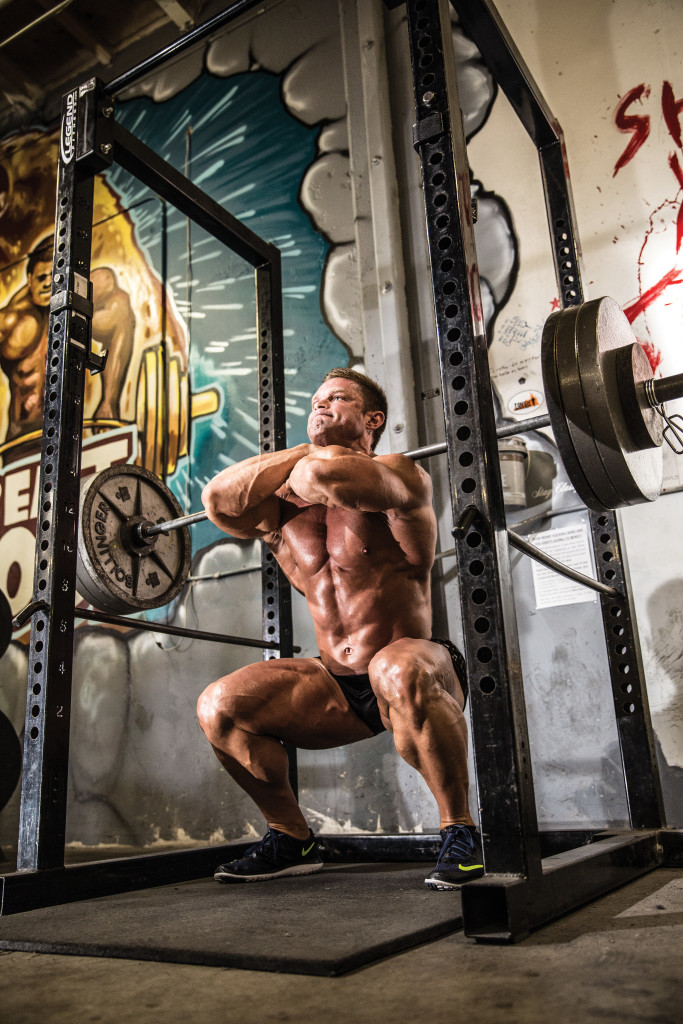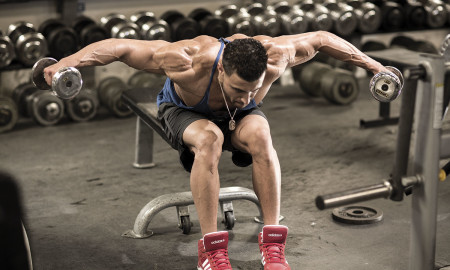


Back when I was beginning my undergraduate work at Northwestern University, my then-training partner, Tom Deters, and I would regularly challenge each other to ever-more-intense leg workouts. We would meet in the bowels of Patton Gym, which had a Spartan weight room in its basement. It was largely uninhabited during the day, especially before lunch, which was when Tom and I regularly trained.
We performed all of our leg exercises to momentary failure—the point at which we could not perform another unassisted repetition. The highlight of our leg workout was the leg press, which we did on an archaic machine constructed of steel tubing and wood.
We would begin by loading the old leg press up with as much weight as we could handle for eight to 10 repetitions. We never stopped when we said we would. We would egg each other on to push well beyond the point of failure with forced reps.
The workouts were intense and brief—usually lasting no longer than 30 minutes—but very effective. Our legs felt like rubber by the end of the session, which made the postworkout climb up the stairs from the basement to the main lobby of Patton Gym very interesting some days.
I remember one particular leg-training session in which Tom came off the leg press, ambled over to the bench, paused and sat down with his head hung low and his arms resting on his knees, panting and attempting to catch his breath from the hell set that he had just performed.
I was psyching myself up for my turn and casually glanced up in time to see Tom’s eyes roll into the back of his head as he passed out and fell off the bench. Fortunately, he didn’t hurt himself, and he came to immediately, but it was a scary moment.
By pushing ourselves mentally and punishing ourselves physically to the limit, we each managed to pack two inches on our upper thighs that school year.
Maximum results from leg training can only be garnered through exceptional effort. Not everybody’s goal is to put two inches on his upper-thigh measurement in one year or to squat 600 pounds.
How hard you push yourself is entirely up to you and depends on your goals. Regardless of your goals, however, you need a good, solid leg program to follow, and I’m going to give you mine. First, though, here’s a breakdown of my general program, which is two on/one off/ one on/one off.
Day 1: Chest, shoulders, triceps
Day 2: Back, biceps, abs
Day 3: Rest
Day 4: Quads, hamstrings, calves
Day 5: Rest
Cycle begins again
You can certainly adapt the above schedule to fit your specific needs. For example, if you want to take the weekend off, try two on/ one off/ two on/two off. Then repeat.
Here are eight things that you must do to make your workouts as effective as possible:
1) Get and use a training log.
2) Use as much weight as possible for the number of prescribed reps.
3) Take each set to the point of muscular failure—to the point at which you cannot perform another repetition.
4) Strive to increase your training poundages each week.
5) Limit your workout to 60 minutes maximum, including your warmup.
6) Use strict form on all exercises.
7) Minimize stress and rest completely on your days off from the gym. Try to get eight to nine hours of sleep each night.
8) Follow a proper diet and supplementation program.
Next month, we’ll get into my leg program.
—Lee Labrada
Editor’s note: For information on Labrada Nutrition products, visit Labrada.com.






















You must be logged in to post a comment Login